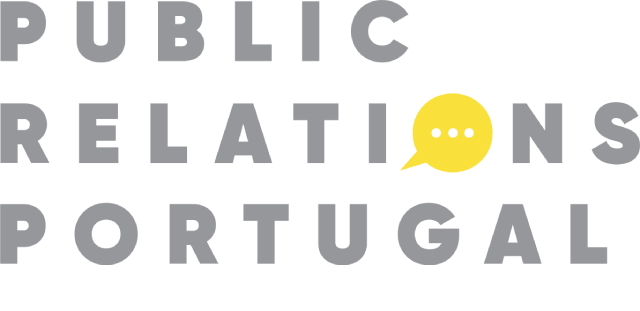Design-oriented research is a research method from engineering or applied physics.
This is a methodological approach in which products are designed for specific purposes.

This research method involves first identifying the problem or opportunity that needs to be tackled. After this, the process is started to achieve a potential solution. Afterward, test the solution in a real environment to see if it makes a positive difference. Evaluate the tests based on their effectiveness to then reflect on them. Based on this evaluation, if necessary, modify the solution, then test and evaluate again. This research cycle of design, test, evaluation, and reflection keeps repeating until there is a solution to the problem or opportunity.
Instead of investigating what the problem or opportunity is, the focus of design-based research is more on developing and testing a solution to the problem or opportunity. In doing so, first investigate the questions and problems from the real world. Consider the current situation or develop a new one. Doing design-oriented research is an iterative process: keep creating, testing, and revising until the best result is achieved.
Development Oriented Triangulation Framework
To structure the design-oriented research the Development Oriented Triangulation (DOT) Framework is applied. Here different information needs involve a research strategy with different methods. Starting with a particular research strategy and then coming back to the workshop to process the information obtained.
The five research strategies
There are five research strategies in the DOT Framework. These can be used to learn as much as possible about the context of the available work. In doing so, choose only those methods that are important to the project.
The five research strategies are library, field, workshop, lab, and showroom. The first research strategy is the library. Use existing theories here for the further project. Here, for example, a best, good & bad practices, literature review, or trend analysis can be developed.
The next strategy is field research. Let users try to use the product or service and investigate their needs, wants, and constraints. This can be done with a focus group, interview, or a day in the life mapping. The third research strategy is the lab. This involves testing the ideas and seeing if things go as intended. This can include an A/B Test, for example. Then there is the research strategy showroom. This involves exposing the solution to an expert to generate feedback.
Finally, there is the research strategy workshop. After each strategy, such as library, field, lab, or showroom, you return to the workshop. Here opportunities are explored to gain insight into what is possible and how something might work. Here, for example, do an ideation session, sketch, or create a prototype.
The DOT Framework has two axes. The horizontal axis has certainty and overview. The vertical axis has fit and expertise. Based on these four information needs, the best-fit strategy can be chosen.
So, plan what research strategies fit the problem or opportunity. Choose the appropriate methods and start the process of achieving the right solution.
Not sure where to start or could use help? Professional Public Relations can be of service for tackling a problem or opportunity.
